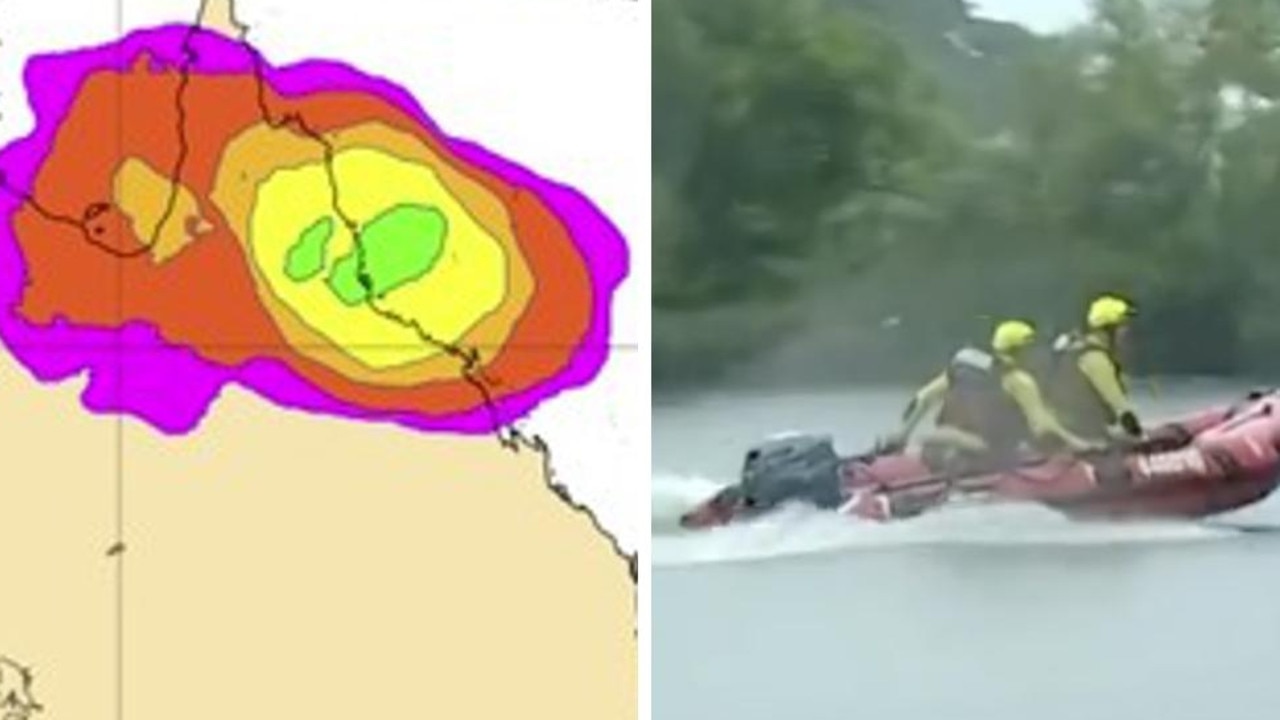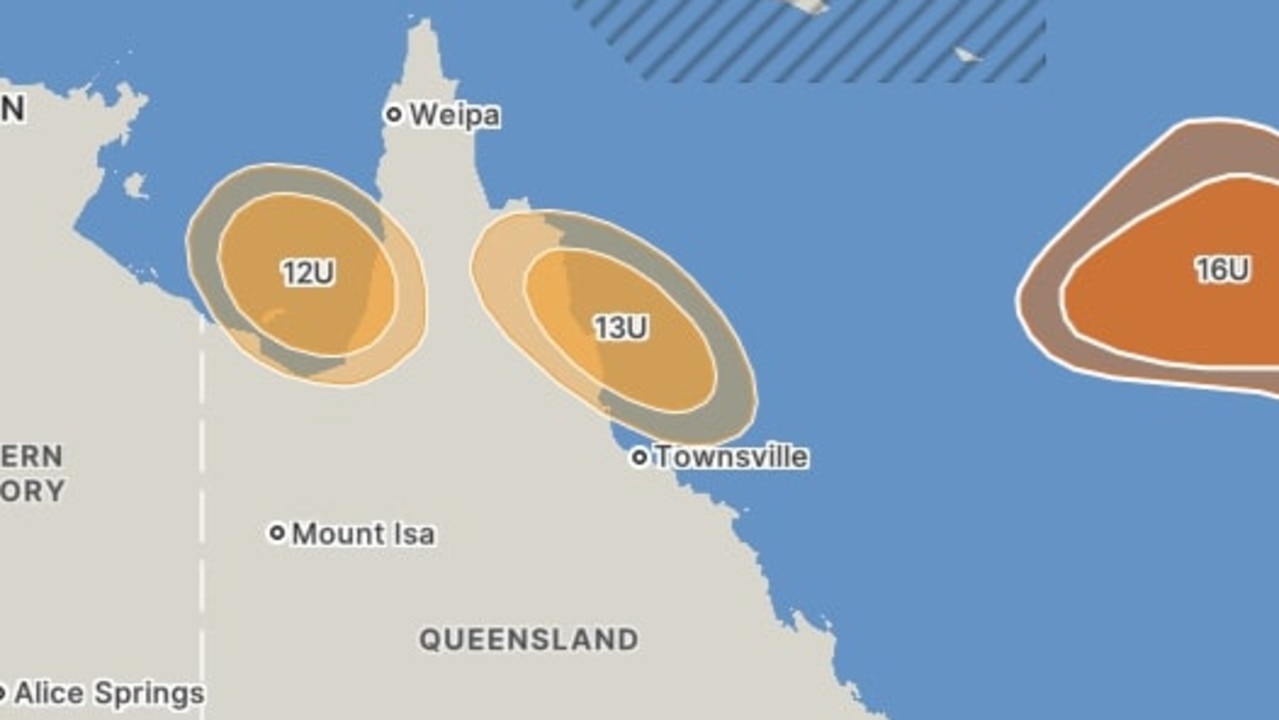Uluru National Park hit by record-breaking rain, sparking flash flooding and evacuations
SIX tourists who went missing during record-breaking flash flooding in the Northern Territory have all been rescued.
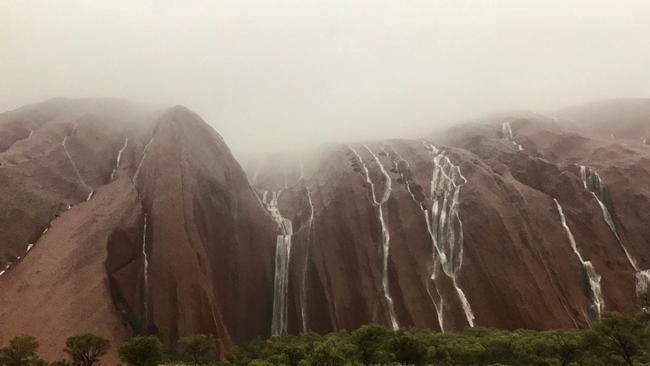
technology/environment
Don't miss out on the headlines from technology/environment. Followed categories will be added to My News.
SIX tourists who went missing during record-breaking flash flooding in the Northern Territory have been rescued.
Two separate groups of tourists were reported missing during the inclement weather that hit the area.
A helicopter rescued four of the six yesterday, after they failed to make the 180km trip from the Kiwirrkurra Community in Western Australia’s Gibson Desert to Kintore in the Northern Territory.
Today, a man and woman who had been lost for three days in the south-west of the state were spotted from the air and have been rescued.
Police said they were not believed to have suffered any injuries but have been taken to the Kintore medical clinic for precautionary checks.
“NT Police and Emergency Services are glad to report that the search team has located the last two missing people. Both are currently at the Kintore clinic receiving medical treatment,” a police statement read.
The two incidents were several local authorities were forced to deal with as the Northern Territory was hit with a ‘once in a 50-year storm’.
Yesterday a foreign tourist who was trapped in a car as it was washed away by floodwaters in central Australia escaped with minor injuries.
Two men and a woman were inside the small sedan when it was swept downstream at the Hugh River around 1pm local time on Tuesday.
The driver and another passenger managed to escape but the third person was trapped as the vehicle was washed off the causeway on Larrapinta Drive into the Hugh River.
Acting Superintendent Brendan Muldoon told reporters in Darwin that witnesses saw the small sedan get washed downstream at the Hugh River around 1pm local time.
“We’re told by witnesses it rolled over a couple of times and was wedged up against a tree,” he said.
“The vehicle has since disappeared and we do hold grave concerns for that person.” The driver and another passenger managed to escape the vehicle that was washed off the causeway on Larrapinta Drive into the Hugh River.
“The vehicle began to float and then moved sideways and was then completely washed off the causeway,” Supt Muldoon said.
“If the conditions are available, we will be entering the water with our flood boat and trying very hard to locate this missing person.”
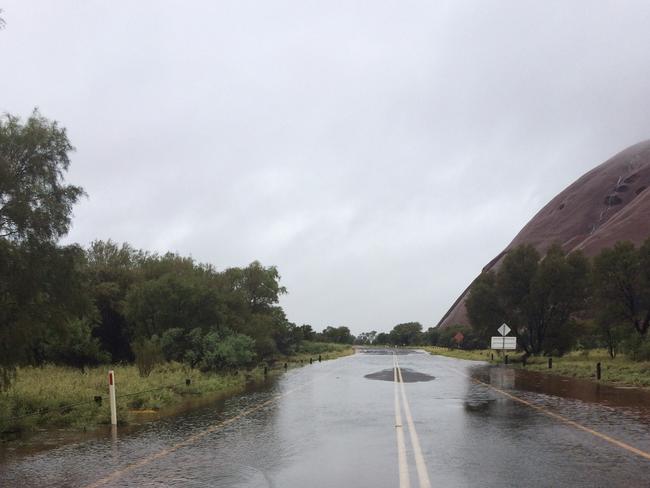
Search efforts were hampered by the extreme weather, with police forced to carry out an aerial search of the area when conditions have improved. “This section of Australia is extremely remote, there’s no phone reception,” Supt Muldoon said.
The news comes as Uluru National Park has experienced a once-in-a-half-century weather event in 24 hours, that cut off roads and washed out walking tracks.
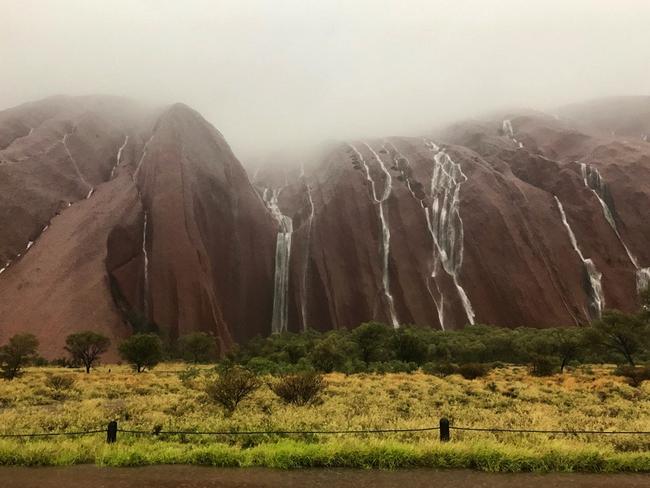
Some parts of the park has now reopened after the Walungurru district recorded 232mm of rain and peak wind gusts reached up to 125km/h.
Parks Australia’s managers say many of the park’s popular walks remain closed to heavy erosion from the deluge.
The Bureau of Meteorology said the heavy rain came from a deep low pressure system that was moving slowly southeast across the Northern Territory, carrying locally-destructive winds, heavy rain and flash flooding on Boxing Day.
A quarter of the community of Kintore was evacuated after it was hit by 232mm of rain on Sunday, which took the December total to a record 373.4mm.
61.4mm fell from 8pm to 9pm on Christmas night alone, which the BOM called a one-in-50-year rainfall event.
On Facebook Northern Territory Police and Emergency Services said they responded last night to heavy rainfall in Kintore, which resulted in a number of homes being affected by flooding and the evacuation of 96 people to the local school.
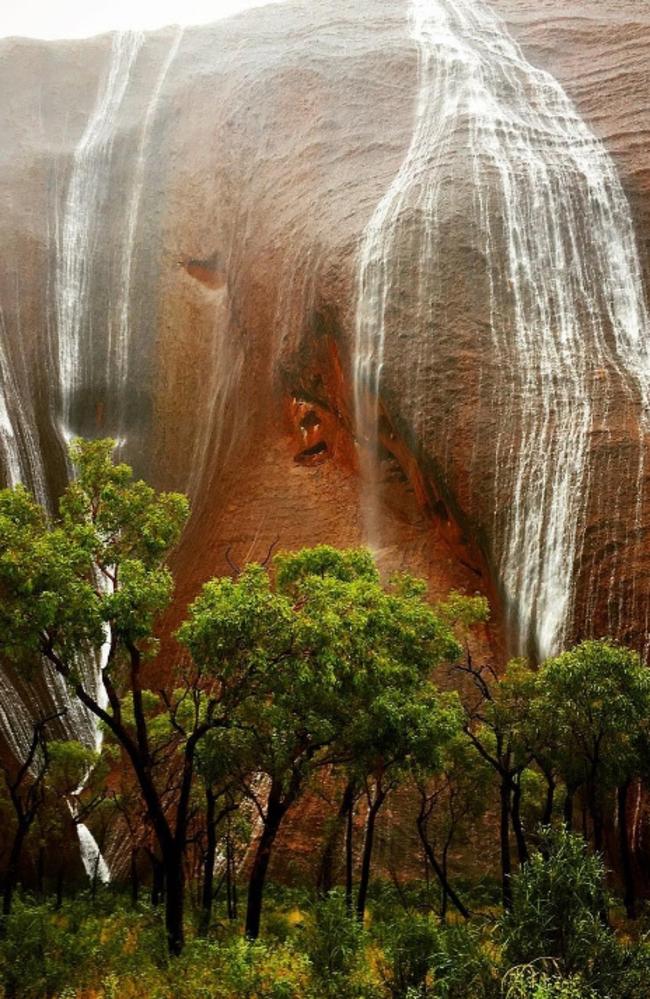
Superintendent Pauline Vicary said between 12.30pm, Sunday 25 December and 8.30am, Monday 26 December, it is estimated that around 398mm of rain fell in the community.
“Water levels reached one metre and was fast flowing in parts, however it has now receded,” she said.
“A number of roads in the area remain impassable, and it is advised that people avoid the area and make alternative travel arrangements if possible.
“There are currently 85 people at the evacuation point. Assessments of the damage will be made to determine when it is safe for people to return to their homes, however this may take a couple of days to complete.”
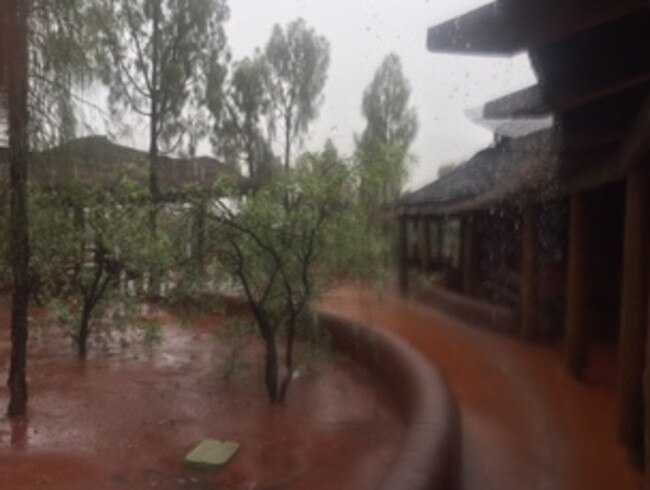
Police and Emergency Services also urged the community to monitor the BOM for updates regarding expected storm activity in a number of remote communities and in Alice Springs over the next 24 hours.
Parks Austalia said in a statement yesterday: “Due to an extreme weather event, Uluru-Kata Tjuta National Park has been closed until further notice.”

“Our rangers are checking the condition of the roads every hour in a bid to reopen as soon as it is safe to do so.” The weather bureau listed Yulara, north of the park, as a location which would be affected.
“We’ve only got about 15 years of records at that location, but it’s clearly well above previous totals,” BOM forecaster Mosese Raico told AAP.
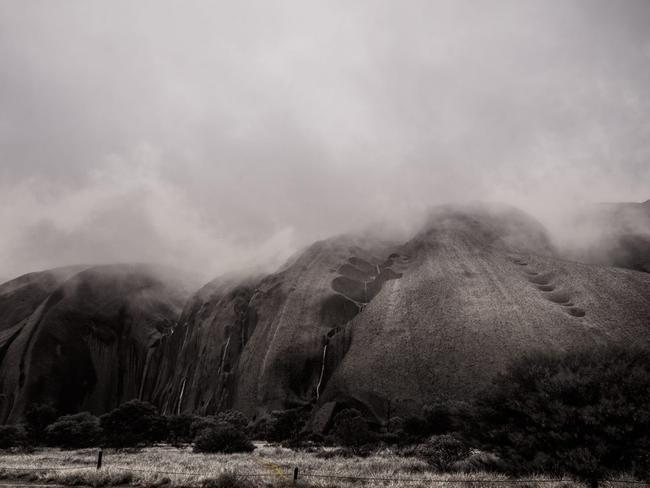
Previously, the highest monthly total for December for that region was 161mm, recorded in 2003.
The highest daily total for any time of the year was 127mm, recorded in March 2006.
Mr Raico said the low was not expected to move into South Australia until Tuesday and heavy rain would persist.
Originally published as Uluru National Park hit by record-breaking rain, sparking flash flooding and evacuations

